Critical BOH Restaurant KPIs That Optimize Labor Costs and CoGs, Part 2
Restaurant365
JUNE 15, 2021
Your restaurant is constantly generating data, whether from your sales revenue, food costs, or labor hours. Leveraging your front of house (FOH) and back of house (BOH) data allows you to gain more insight into your operations. Get the data you need to grow your profitability by reviewing critical FOH and BOH restaurant KPIs.


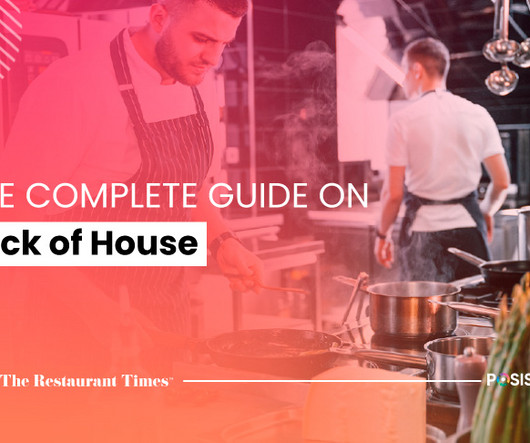




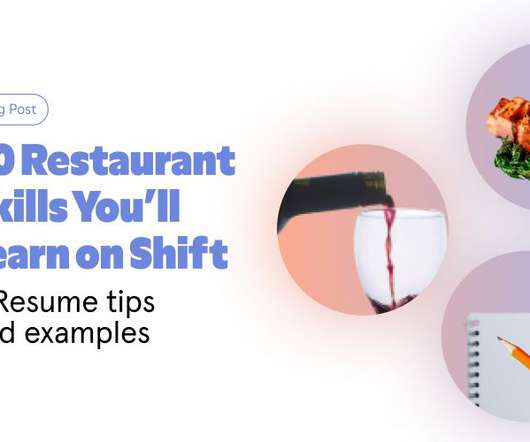
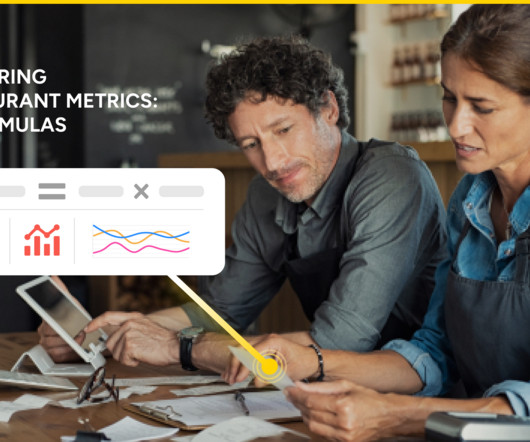
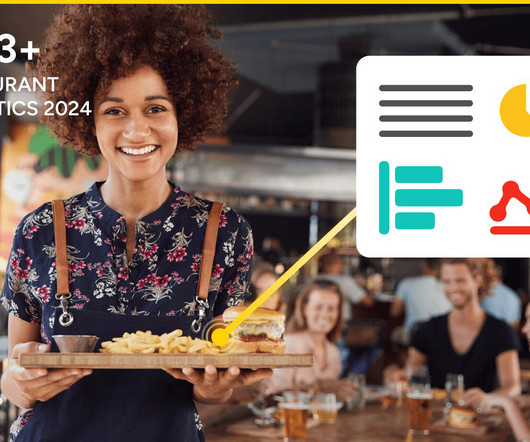
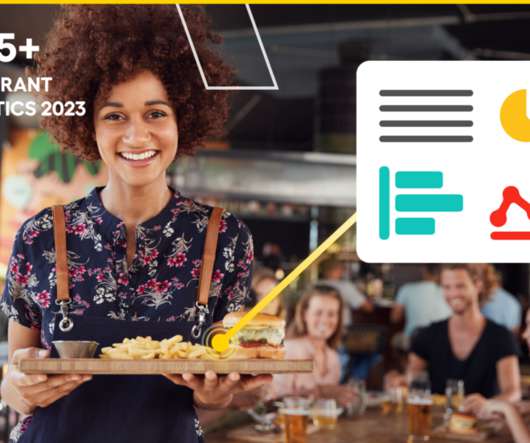

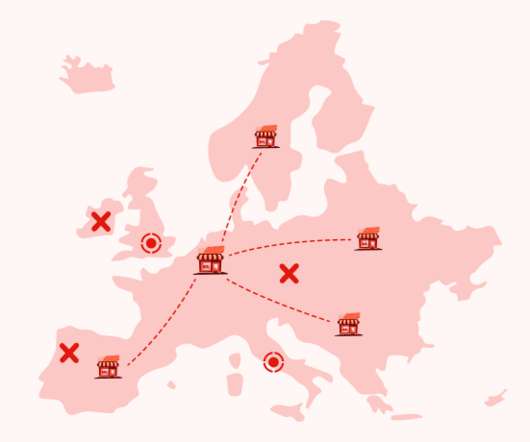











Let's personalize your content